Subscribe to the Newsletter
If you are interested in understanding how Traditional Chinese Medicine can improve your life sign up to my newsletter for the latest updates.
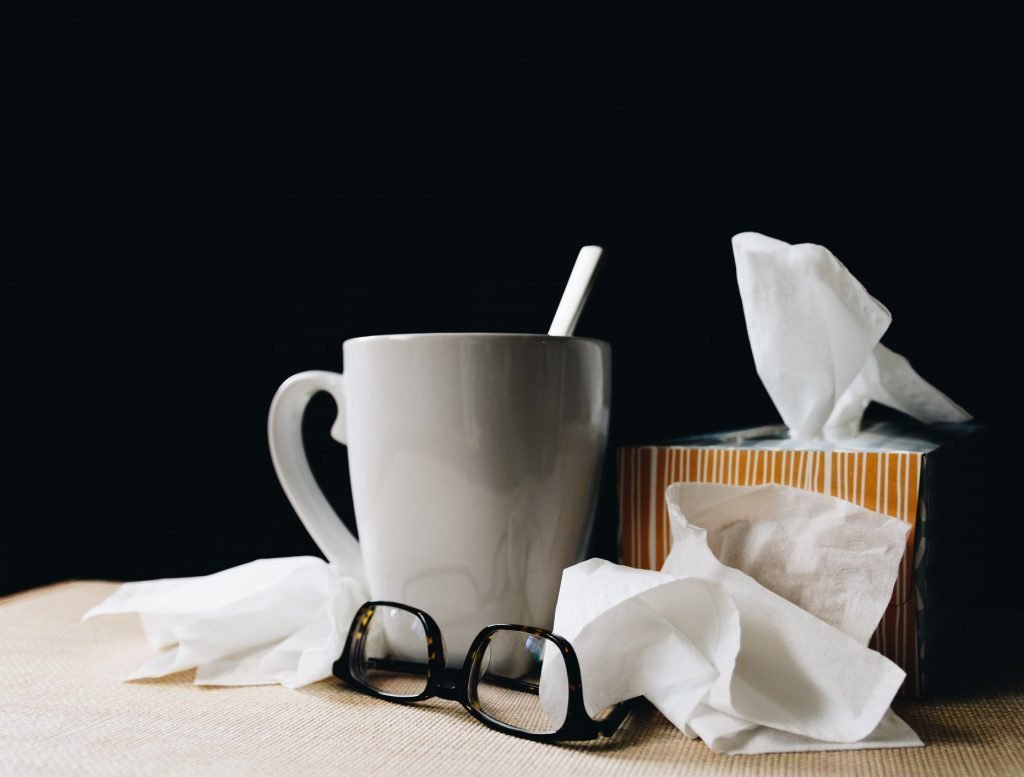
Wind-Heat and Wind-Cold are names for syndromes your body often produces when you get ill with an acute disease.
These responses are your inherited genetic know-how at work, evolved through the millennia. They are your body’s best response.
Suppressing these symptoms, which OTC (over-the-counter) medicines can often do, stops these evolutionary winning hands from working successfully.
If the body’s reaction is stronger than it was with Wind-Cold, it becomes Wind-Heat. Here are its typical symptoms:
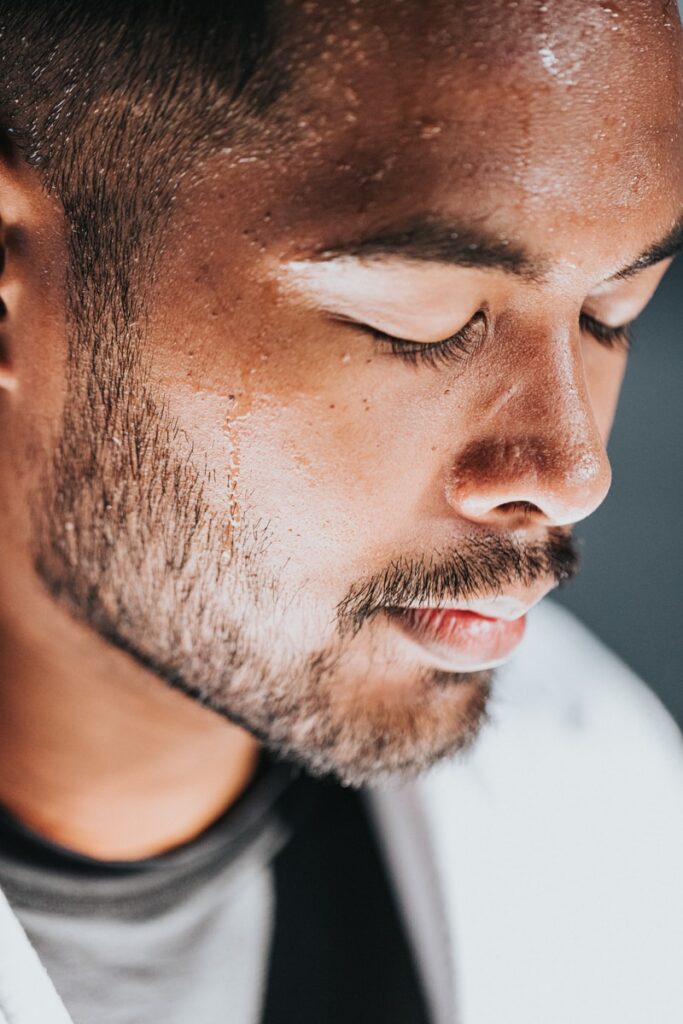
The body is able to moderate the fever by sweating which is absent in wind-cold conditions.
The level and intensity of the fever is important because not only does fever speed up the body’s immune reaction, but it helps eliminate bacteria and viruses faster. However, if the invasion is by a Warm Disease, the heat generated by your immune system (its wei defensive energy) may not be enough to prevent further incursion according to the Four Levels (for more on this, read below.)
Fever also stimulates the body to remove toxins.
Although you have a fever, you can still feel cold, because Wind blocks the wei defensive energy which therefore cannot warm the body.
Why does the body ache? Because Wind blocks the flow of energy to the muscles.
You could have other symptoms, depending on the bug you’ve caught and on your underlying susceptibility. For example, you might also
If the immune system is unable to expel it, either because
… then either the invading Heat pathogen will proceed to the next innermost level of the four levels, the Qi level, or the symptoms will cease to be acute and will become chronic, with tiredness – even exhaustion, low levels of phlegm, catarrh or sinus involvement, poor appetite, impaired digestion and increased susceptibility to further invasion. In our increasingly drug-dependent culture, this is becoming more common.
Wind-Heat shows that your body is responding vigorously to the invader. Usually this is good and to your advantage. The invader is vanquished by the force of your body’s reaction, and your body learns quickly how to deal all the better with future invasions.
The downside is that although short, the symptoms are unpleasant! But at least those symptoms are more effective than those of Wind-Cold.
However, in many cases of Wind-Heat, the invader is a Warm Disease ( like chicken pox, glandular fever, Covid, mumps, scarlet fever, TB, whooping cough, SARS, influenza or measles). This makes is highly infectious and with a higher fever. Here the body’s inherited fever response won’t work, or seldom works.
The warm disease proceeds down through the Four Levels. The Four levels describes a sophisticated theory advanced some 14 centuries after the theory of Six Stages of Invasion by Cold, and for this the potential for recovery simply by a strong reaction of the immune system is attenuated.

Why is it called WIND-HEAT?Chinese medicine often uses analogies to describe conditions.
If you think of the Wind, you probably think of movement.
Depending on its strength you may hear leaves fluttering in the breeze, or you may see cars overturned.
Wind, in Chinese medicine, is the same.
Shivering and trembling are signs of Wind, and so is rushing around and noise and sudden change.
The Wind affects the upper parts of our body more than other parts, just as winds on mountain-tops are much stronger. So with Wind-heat, the wind makes us alternately hot and cold, sneezing, restless and disruptive.
The Heat of Wind-Heat supplies the tendency to feel hot. This makes you thirsty, dry, possibly feverish, desiring cool conditions and drinks.
Because Wind and Heat combine, neither gets it all its own way, and conditions can be changeable.
Often one or the other predominates, and this can point to the right treatment. |
The symptoms of Wind-Heat might make you think that to get it you must have been exposed to windy, hot conditions.
Not so! The words Wind and Heat describe not the cause but your body’s reaction to the cause.
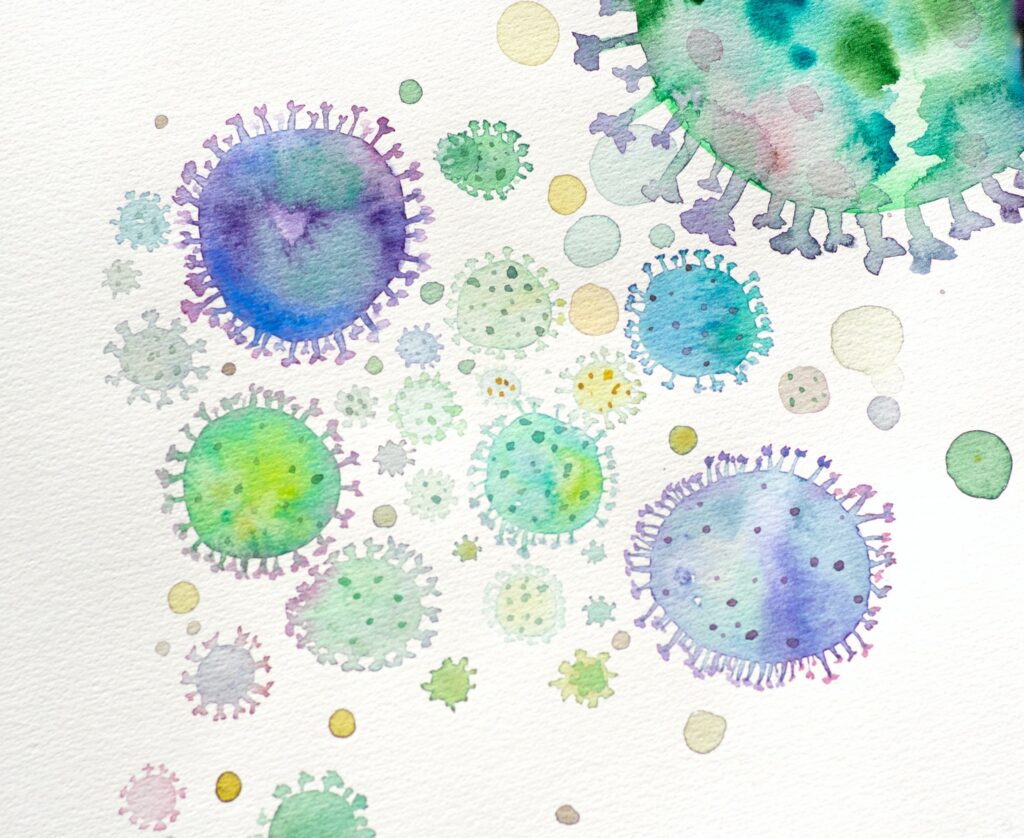
You and a friend might catch the same cold virus at the same time on the same day. You might produce Wind-Heat and he might produce Wind-Cold.
If you decide that you don’t want to take medication or to suppress your body’s natural Wind-Heat reaction to the invader, then ideally this is what you might do:
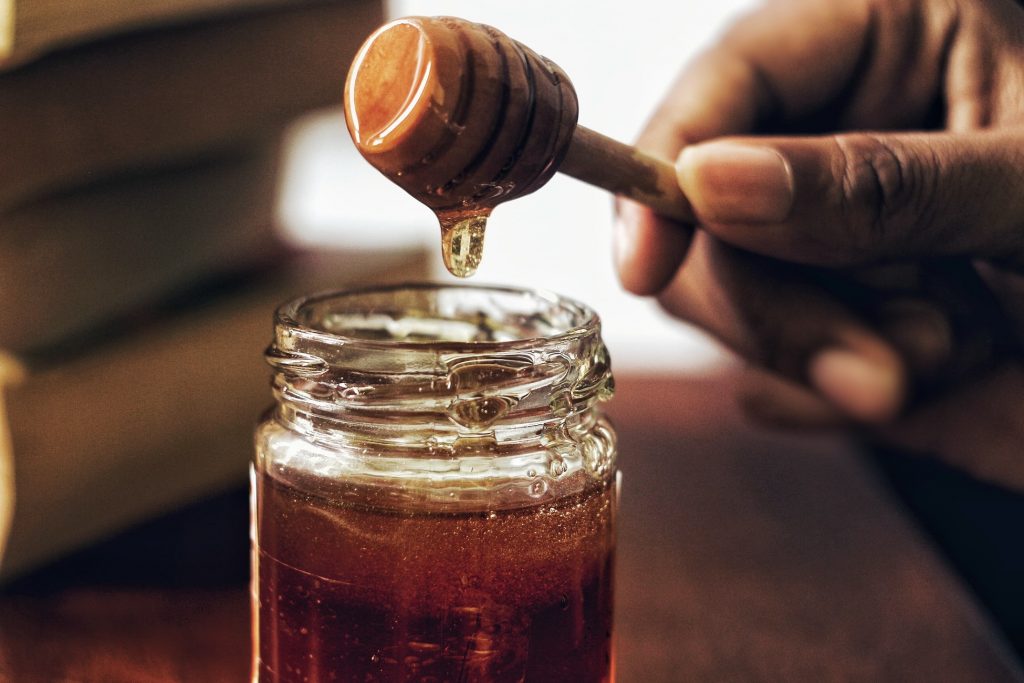
However, this works when the invading Heat pathogen is not very infectious or virulent. I works well if your wei defensive energy is producing these symptoms in reaction to Wind-Cold, for instance.
If the fever is high, its onset rapid, spreads to others fast, then this is more likely to be a warm disease and the reaction of your immune system may be insufficient to beat it. As remarked already, this ‘Warm’ disease must be treated according to the theory of Four Levels.
Your acupuncturist aims to help your body throw the invader out.
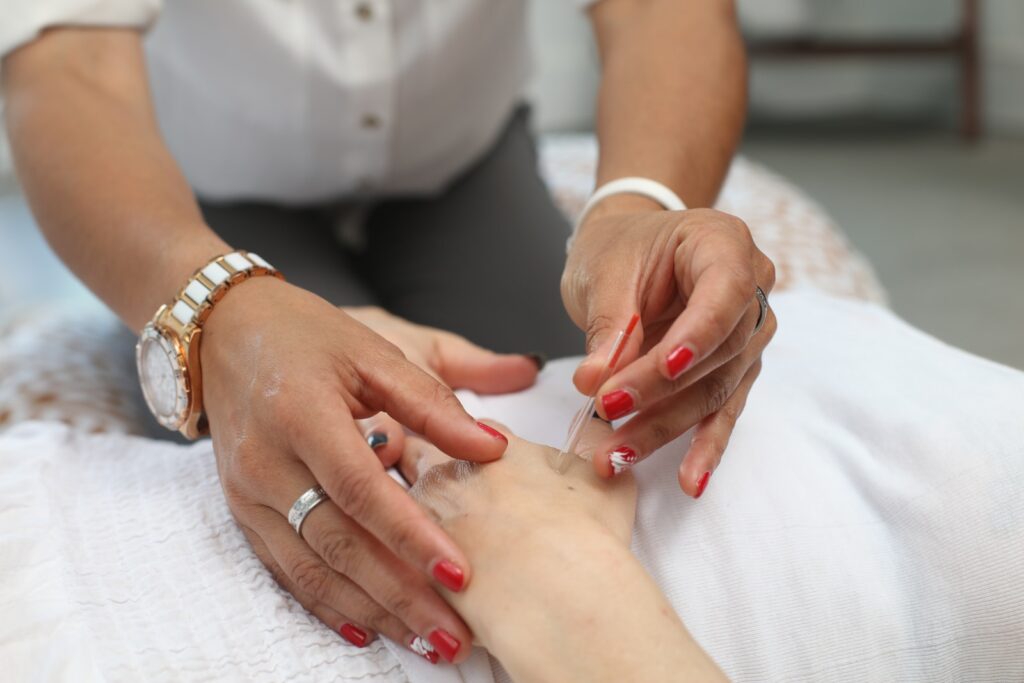
In a perfect world, this means getting you to sweat properly, such sweat being an indication that you’ve beaten the bug and need to cool down, and that presupposes that your body achieves a healthy fever.
However, there’s a huge theory to do with the invasion of disease into your body, and what your acupuncturist does depends on which bit of the theory you display symptoms of.
In general, (s)he wants to get your Lungs working properly again.
She may use cupping on your back or chest, and acupuncture points chosen carefully on channels that seem most affected. With herbs she may choose a recipe that ‘releases the exterior’. Depending on her training and preference she may use Tuina or Guasha, the former being a form of Chinese massage and the latter a kind of skin-scraping.
I have found cupping and acupuncture often very effective.
Typical points include Large Intestine 4 and 11, Three Heater 5, Du14, Bladder 12 (cupped) and Lung 11 (bloodlet if possible). Other points include Lung 10, Gallbladder 20.
The main formula was formulated by Wu Ju Tong (1758-1836): yin qiao san
Another is sang ju yin

Stay in Touch!
No spam, only notifications about new articles and updates.

Book a Video consultation if you want to know more about your symptoms

Why You get Nervous Stomach Anxiety and How to Handle It. Acupuncture has great ways to help.
Subscribe to the Newsletter
If you are interested in understanding how Traditional Chinese Medicine can improve your life sign up to my newsletter for the latest updates.
Subscribe to the Newsletter
If you are interested in understanding how Traditional Chinese Medicine can improve your life sign up to my newsletter for the latest updates.
4 Responses
This appears to be a mixture of TCM and Allopathy. Is there some substantiated evidence of “attack” from without by “pathogens”? The germ theory is called a theory since it has not been proved. The drawing of multi-colored viral particles is fantasy, since such things cannot even be seen with electron microscopes. That also goes for all the so-called photos of Covid in 3D and with colors. Electron microscopes ONLY return flat images of low resolution and ONLY in grayscale!
Why is it necessary to invoke “invaders”, when the issue is the state of the body due to lifestyle?
Well, Robert, this is a good question but it misses the point.
This site tries to explain Chinese medicine in English and Chinese medicine talks about Wind-Heat (the subject of this page) so that’s what I try to explain.
Chinese medicine’s way of explaining what the body does is to treat it like something ‘attacking’ from outside even though we know perfectly well that it is the body producing the symptoms. But this ancient method of explaining it does allow one to use yin/yang theory and from that lead on to specific actions that may assist the body to improve. (I’m thinking of acupuncture points, but there are many ways of doing this.)
If we were to take you literally for everything, then we wouldn’t be able to talk about sunrise and sunset. Obviously, the sun doesn’t rise or set! Its apparent motions are explained by the turning of the earth but calling them sunrise and sunset is a convenience for everyone. (By the way, I don’t know whether the ancient Chinese knew that the earth circles the sun, any more than we did until Copernicus et al. You sound as if you have the kind of button-down mind that could ascertain this kind of fact, so please, when you do, let me know.)
I’m not going to go into the question of the germ theory! That leads us down many rabbit holes.
Thanks again for your question. Jonathan
Hi Jonathan,
I have problems understanding the differences between the 6 stages of disease by invasion of cold and the 4 levels of warm disease. Are they 2 different theories to explain more or less the same thing/condition or they explains 2 different conditions?
After reading your articles, if I understand well cold disease may or may not involve a bug, but warm disease always involve a bug (bacteria, virus) and the reactions of the body is stronger than wind-cold.
By symptoms, it’s hard to differentiate the two. The symptoms are very similar. You wrote that in Wind-Heat there is sweating that is absent in Wind-Cold, but during the Yangming stage of Cold-Wind disease, there is high fever and heavy perspiration. Are the differences in Cold-Wind the throat is itchy and there is no yellow phlegm while in Wind-Heat, the throat is sore, the tonsils are swollen and there is yellow phlegm?
I would be very grateful if you can clarify that for me. Thank you.
1/ Are they 2 different theories to explain more or less the same thing/condition or they explains 2 different conditions?
Answer: different theories, that of ‘hot’ diseases to explain and treat those usually caused by a bug; ‘cold’ diseases for reactions to invasive factors such as cold, heat, damp etc, often encountered in early societies, and rather ignored nowadays, but still prevalent – I have certainly suffered from invasions by cold and, separately, damp, and have many patients likewise.
2/ After reading your articles, if I understand well cold disease may or may not involve a bug, but warm disease always involve a bug (bacteria, virus) and the reactions of the body is stronger than wind-cold. Answer: Yes, and, usually, yes.
3/ By symptoms, it’s hard to differentiate the two. The symptoms are very similar. You wrote that in Wind-Heat there is sweating that is absent in Wind-Cold, but during the Yangming stage of Cold-Wind disease, there is high fever and heavy perspiration. Are the differences in Cold-Wind the throat is itchy and there is no yellow phlegm while in Wind-Heat, the throat is sore, the tonsils are swollen and there is yellow phlegm?
Answer:
a/ understanding these separate bodily reactions is difficult … well, it took the Chinese many centuries to differentiate so don’t expect instant understanding! These aren’t basic concepts.
b/ your body produces somewhat similar reactions to threats but at different stages as the pathogen invades. Itchy throat and sore throat are, at least for me, fairly different. An itchy throat is much milder, a sore throat stronger. I suffered the latter, with yellow phlegm a lot in my teens (but no tonsillar swelling because they’d been surgically removed at age 3 or 4) but when I had an invasion of Wind Cold some 20 years ago, I didn’t notice any throat discomfort, or if I did, it paled into insignificance beside the feeling of Cold.